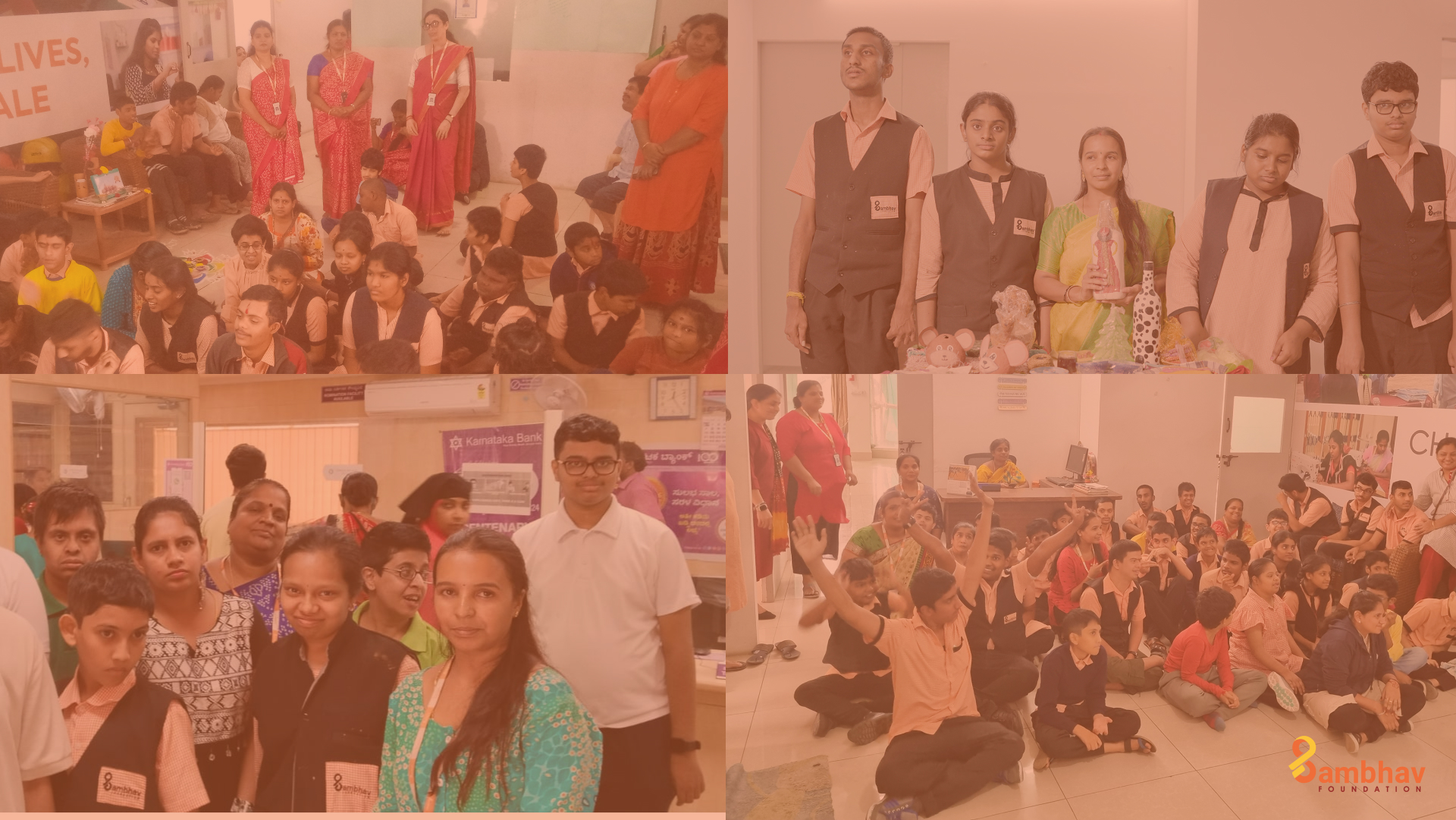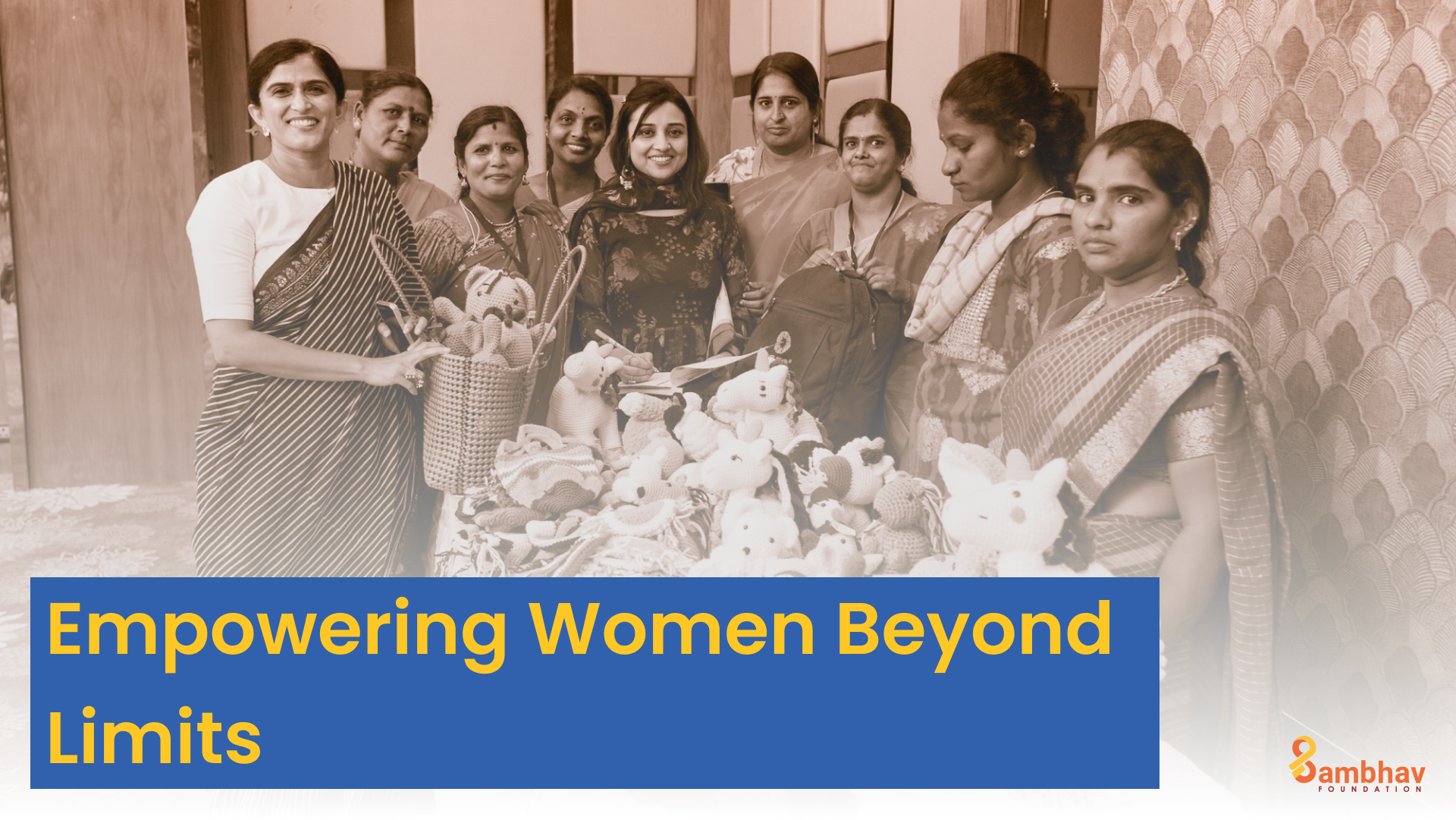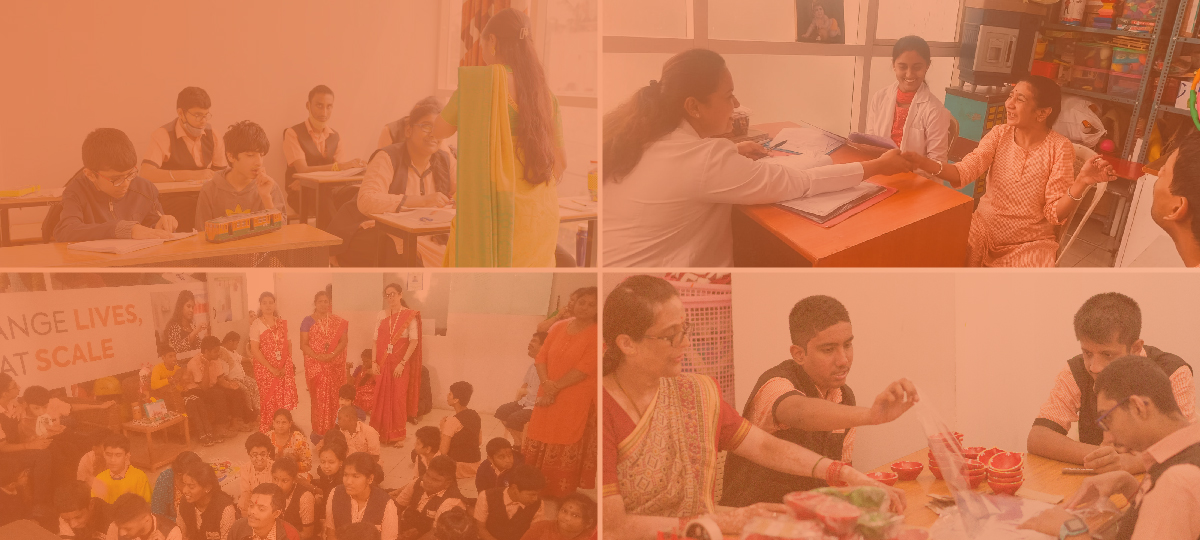Hindsight is always 20/20. Looking back on two years of the Covid-19 pandemic, there are a few lessons about our public healthcare system that are very clear.
While our three-tier healthcare system was placed under immense strain, there was a clear case for strengthening preventive healthcare. Across the country, the work by PHCs and grassroots healthcare workers prevented a bad situation from getting worse. With our own experience of healthcare interventions through the Sambhav Foundation, we saw how mobilising primary health ultimately reduced the burden on tertiary healthcare.
One clear instance of grassroots healthcare network working is our success with mass vaccinations. While more than 90% of India’s population in our country is vaccinated, the figure has stagnated at 70% in many developing countries.
Our ASHA workers played a stellar role in raising awareness and combating vaccine hesitancy — a dogmatic issue that continues to plague much more ‘developed’ countries in the west.
All this is hindsight. But what lessons do we carry into the future, in other scenarios?
There are many important lessons about accessibility and reaching healthcare to vulnerable communities. The peri-urban areas around a city like Bengaluru, for instance, are home to a huge population of migrant workers.
Most of these workers come from states like Andhra Pradesh, Assam and Bihar. They don’t know the local language (Kannada, in this case) and are often culturally alienated, which means they are left out of the Primary Healthcare system.
In our work reaching out to 36,034 people from these vulnerable communities around Bengaluru, we found that over 80% of them are not registered in the PHCs.
We recently implemented a healthcare project with the support of Oracle, screening this vulnerable population for Non-Communicable Diseases.
Here’s some major findings.
- We reached out 60% of this population through PHCs, while the rest we reached through door-to-door campaigns or health camps.
- 76% of population was migrant or construction workers; 24% were wasteworkers, transgender and slum dwellers
- Nearly 12% had some or other form of Non-Communicable diseases
- Most common NCDs were hypertension/high blood pressure, followed by high blood sugar/diabetes and kidney disease
- 5% of the population screened had no social security whatsoever; 42% of the population had only BPL cards.
- The majority of people referred to treatment were between 51 to 70 years old (44%), followed by 31 to 50 years (32%) and 19 to 30 years of age (10.3%)
Most of the families screened were those of construction or migrant workers. At least half of these families had no link to government healthcare schemes. Getting the families registered in the government healthcare portal (through PHCs) was a priority.
“Though it is called Bengaluru rural, practically speaking, it is now in continuation with Bengaluru. These are rapidly urbanising areas, so there is continuous migration from North India and North Karnataka,” says Dr Parameshwar, the taluk health officer in Doddaballapur.
“Many of these migrant workers don’t have aadhaar card or identification. They usually come through some mediators. A family shares a room, usually on the construction site. They are paid every week, using which they manage their expenses and send money home. Usually they don’t plan anything for health emergencies,” he adds.
Dr Parameshwar says that in rapidly urbanising areas, the government system does not have ASHAs, ANMCs or PHCs proportional to the population. In the absence of access to government facilities, most migrant families end up going to private clinics, which becomes an out of pocket expense.
“With Sambhav’s outreach, there is also an awareness about the government system,” he says.
Left untreated, these NCDs like hypertension and high blood sugar eventually lead to other complications. Without institutional support, most families also end up going to private healthcare, which places a huge strain on their finances.
One of the aims of the programme was to ensure each family had at least one link to a central or state healthcare scheme.
With the implementation of a healthcare programme for migrant and construction workers over the past year, we have carried forward our learnings from the pandemic. Linking migrant workers to basic healthcare at the grassroots, and proactively screening for NCDs, is a first step to tackling disease burden at the grassroots. Small steps like these go a long way towards reducing the pressure on our healthcare system.




